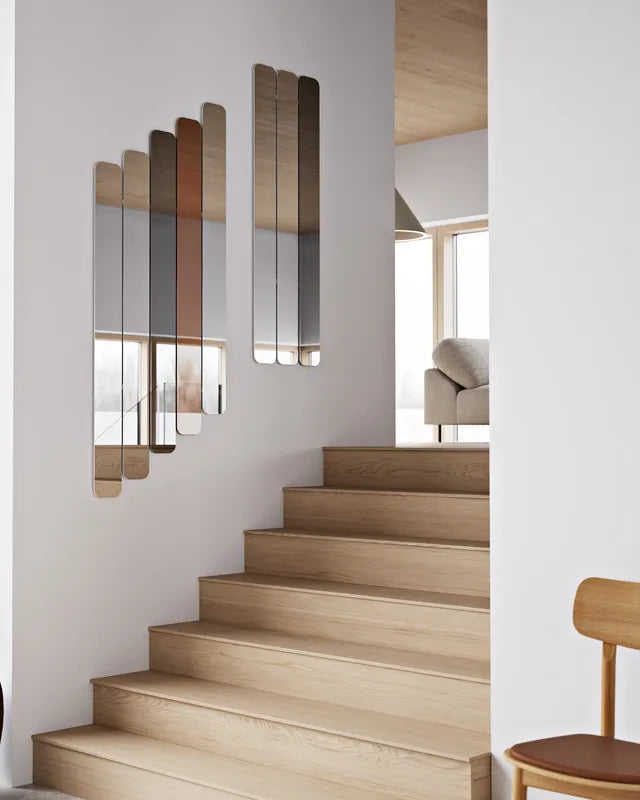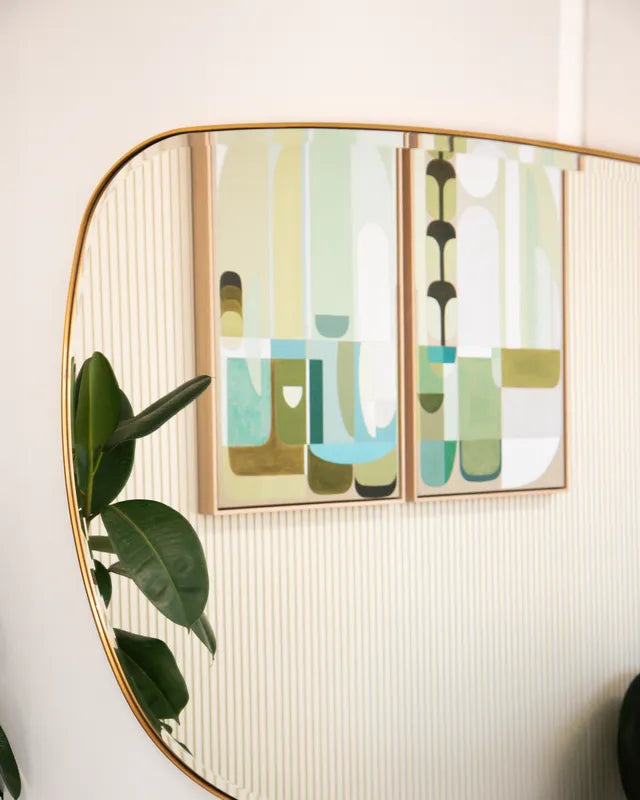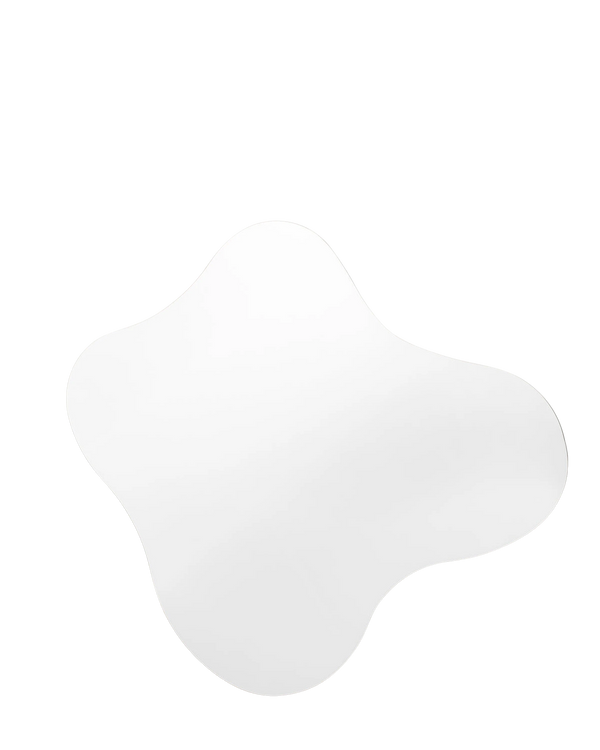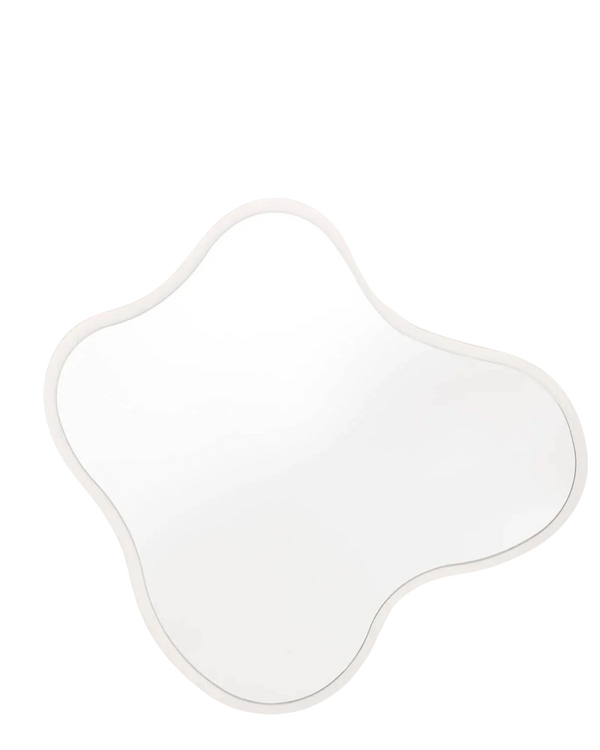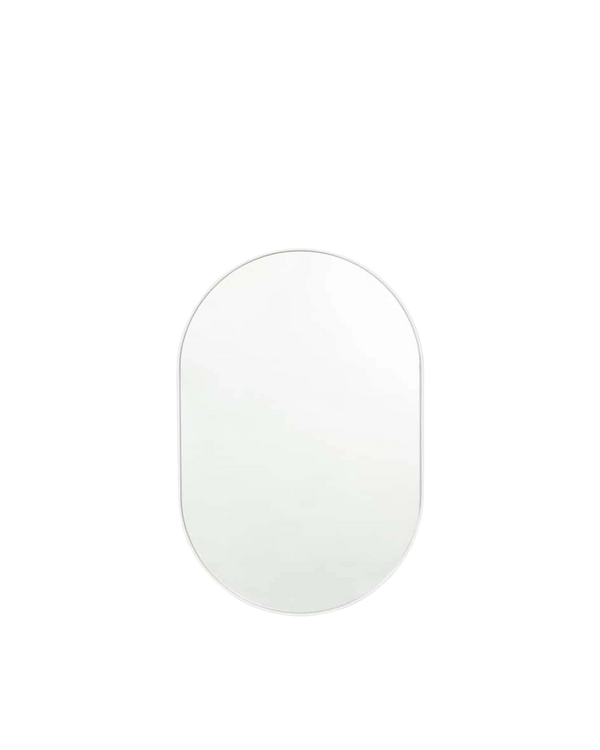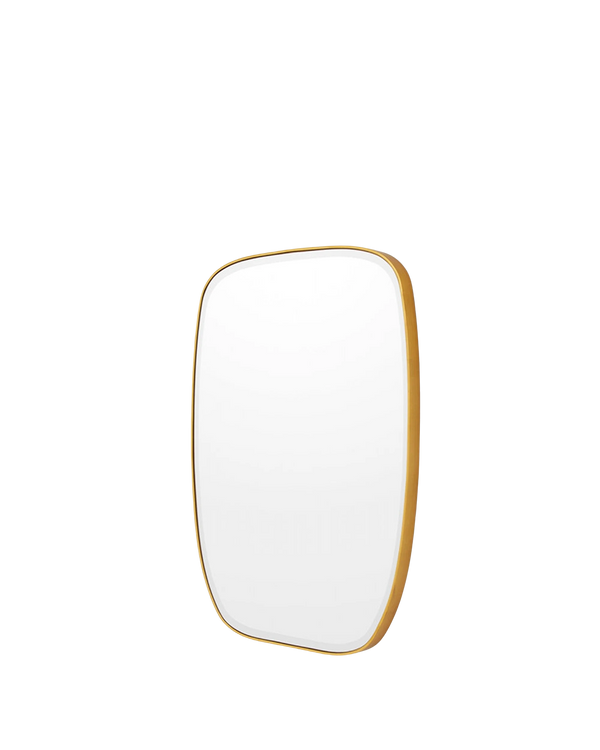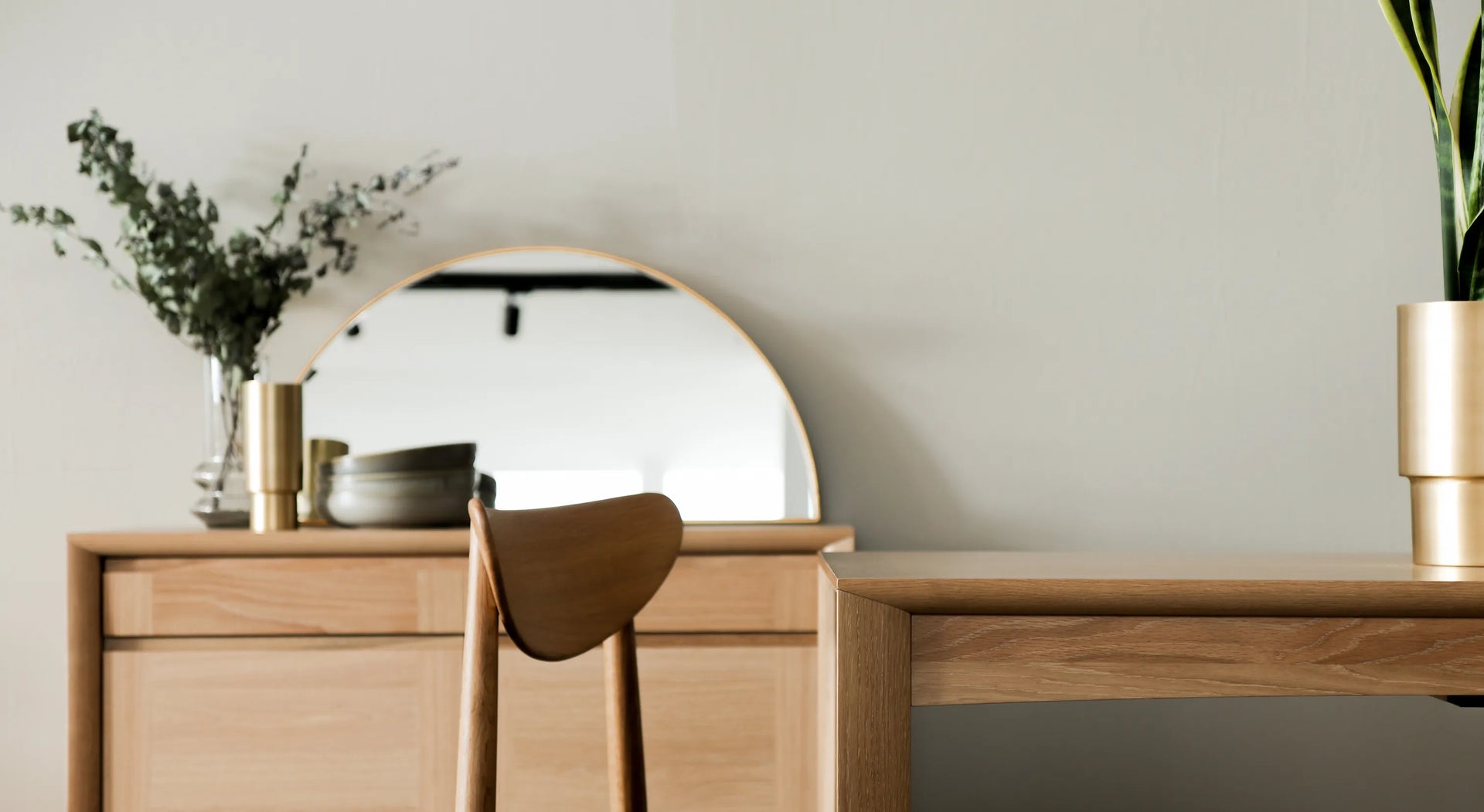
How to Hang a Mirror
July 26 2021 | Nikki Requiero
Mirror, mirror, on the wall – what techniques will prevent a fall?
Mirrors look great in just about any type of room. However, hanging a wall mirror can feel like a daunting job because they're both heavy and fragile. Fortunately, even if you've never hung a mirror before, the process is fairly easy and straightforward.
Here's how to hang a mirror in your home:
Step 1: Determine the Mirror Weight
How much does your mirror weigh? Most home mirrors list the weight on the packaging and on the back of the mirror itself. If you can't find it, weigh the mirror by holding it while you stand on a scale.
Step 2: Gather the Mounting Hardware
Most new mirrors will include mounting hardware. The most common types are:
D-rings: they attach to anchors or hook on the wall. You can also use them with a tension rod.
Wire: using wire specifically made for hanging mirrors or paintings. You need ten cm of wire more than the width of the mirror.
French cleats: these brackets have an interlocking, 45-degree-angle design that securely holds heavy mirrors, large paintings, and cabinets.
If the mirror doesn't include mounting hardware, you'll need to install it yourself. The best option for your mirror depends on its weight and the type of wall you want to mount it on.
Step 3: Determine Your Wall Type
If your house is relatively new, its walls are likely made from drywall. However, older homes typically have plaster walls. To determine the difference, press a pushpin into the wall. If it's drywall, the pin will push in. Plaster is stronger, and you won't get the pin through it easily.
Brick is another common type of wall in a home. Most masonry is uncovered, so you can recognise it by sight. Knowing the right wall type can prevent damage and ensure the optimal way to hang a mirror.
Step 4: Identify Its Hanging Location
Mirrors have many benefits for a room. They add brightness, increase the perceived size, break up monotonous walls, and more. While there's really no wrong way to add a mirror to a room, here are some
- Arched mirrors work well above vanities and dressers. They also look nice at the ends of hallways.
- If you're looking to split up space in a room, place two round mirrors in the same location on opposite walls.
- A large floor mirror resting against the wall helps a room feel larger.
- Oval mirrors work well by entryways or the doors, so people can check their hair and face before leaving home.
- Rectangular mirrors are an excellent all-purpose option that looks good in many different rooms.
To help visualise what the mirror will look like, it's often helpful to create an outline on the wall with painter's tape.
Step 5: Level the Mirror on the Wall
Make sure the mirror frame is level. Not only does an uneven mirror look bad, but uneven pressure on the hanging element can increase the mirror's risk of falling off the wall. The levelling process used depends on how the mirror hangs.
D-Rings
Measure from the mirror down to the D-ring. Then, measure the distance between two mounting points. Transfer these measurements to the wall.
Wire
Raise the wire taut. Then, identify two equidistant points at least 12-inches apart. Also, measure the distance between the wire and the top of the mirror. Mark all four measurements on the wall.
Use a level to make sure the two mounting points form a straight line.
French Cleats
Measure from the top of the mirror to the top of the bracket. Also, check the length of the bracket. Then, mark these on the wall.
Start with the middle screw. After that, use a level to create a straight line for the remaining screws.
How to Hang a Mirror on Drywall
For best results, you'll want to hang the mirror from studs. A 1-1/4-inch screw should provide enough support for 1/2-inch thick drywall.
If you're not hanging on a stud, you'll need drywall anchors. Using a drill, you'll create a pilot hole in the hole and then tap the anchor in place.
How to Hang a Mirror on Plaster
A three-inch screw is enough to support a heavy mirror hanging on a stud. If you're hanging the mirror without a stud, you'll want to use a hollow wall anchor. It expands when inserted into the wall. Just make sure to use an anchor with the appropriate weight capacity.
Hanging a Mirror on Brick
To hang a mirror on brick, you'll need a masonry drill bit. After drilling holes in the brick, insert masonry sleeve anchors. They're similar to anchors for plaster or drywall but a bit stronger.
Final Thoughts on How to Hang a Heavy Mirror
Learning how to hang mirrors on a wall is a fairly straightforward process. Just make sure you understand the weight of the mirror as well as the type of wall you want to hang it on. Also, measure accurately to ensure the mirror hangs in a level position.
Of all the different types of homewares available, mirrors are one of the most stylish and dynamic. Follow the instructions above to hang a mirror in your house today!



